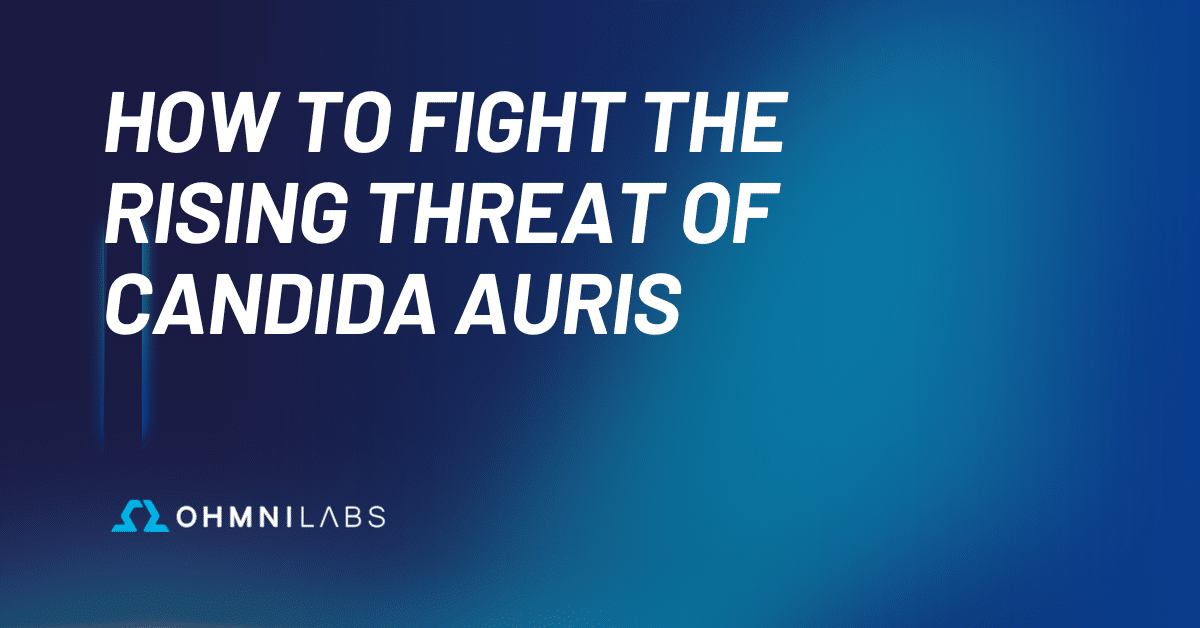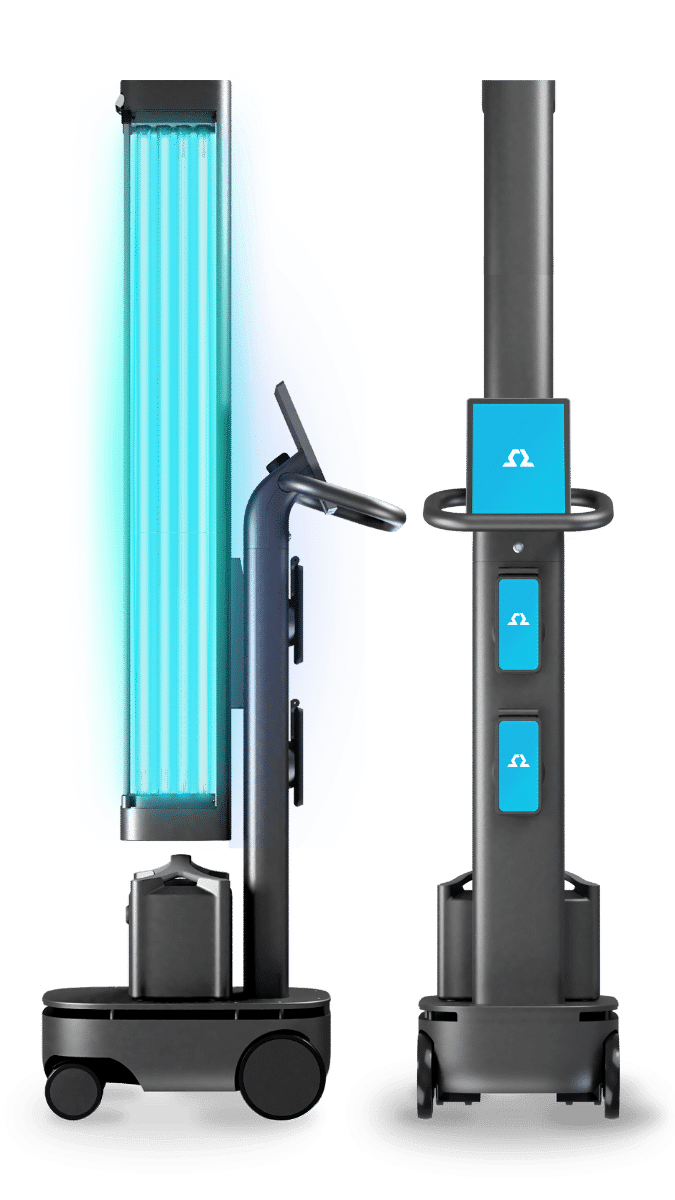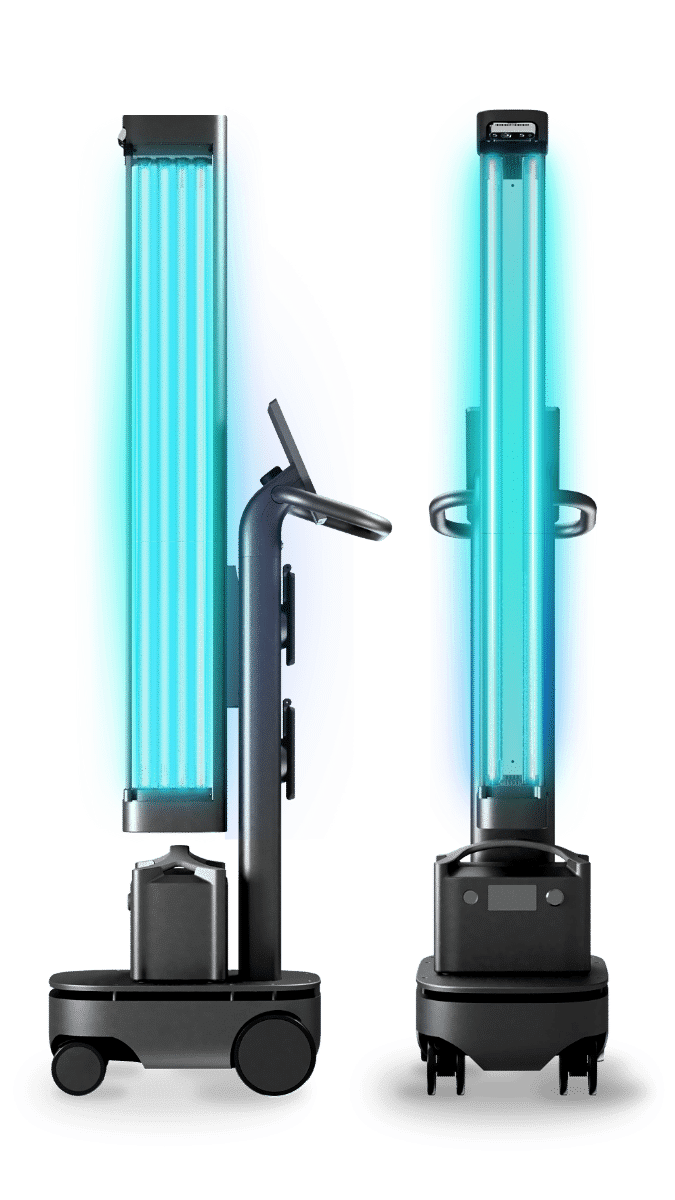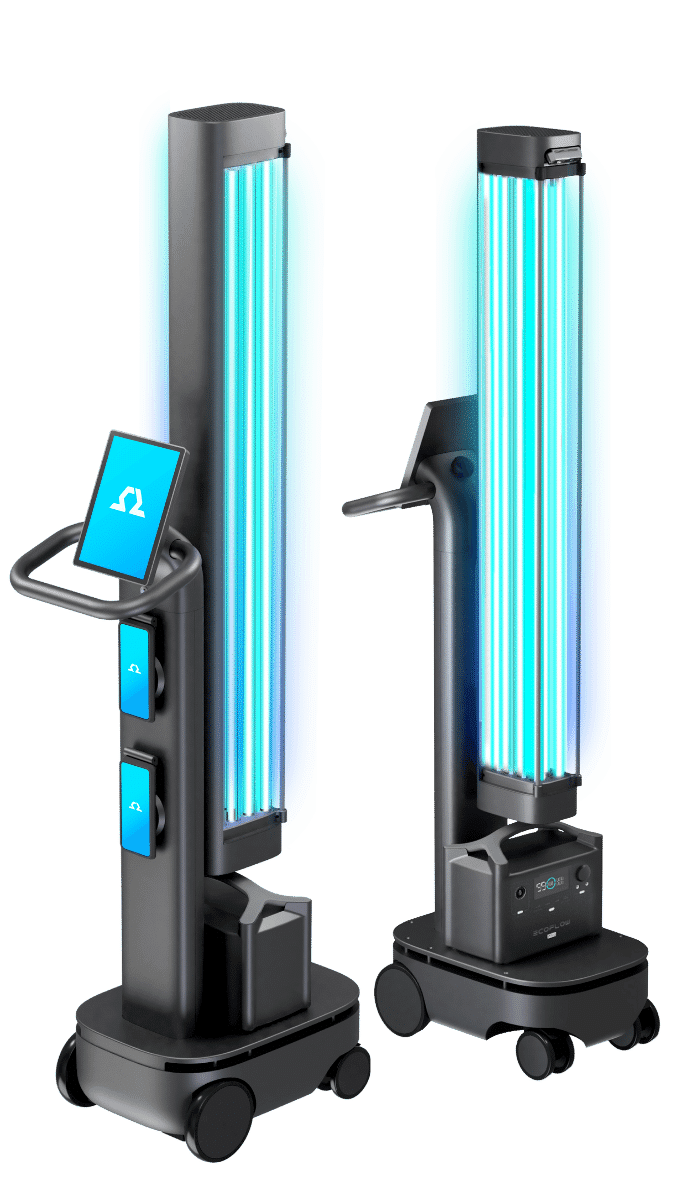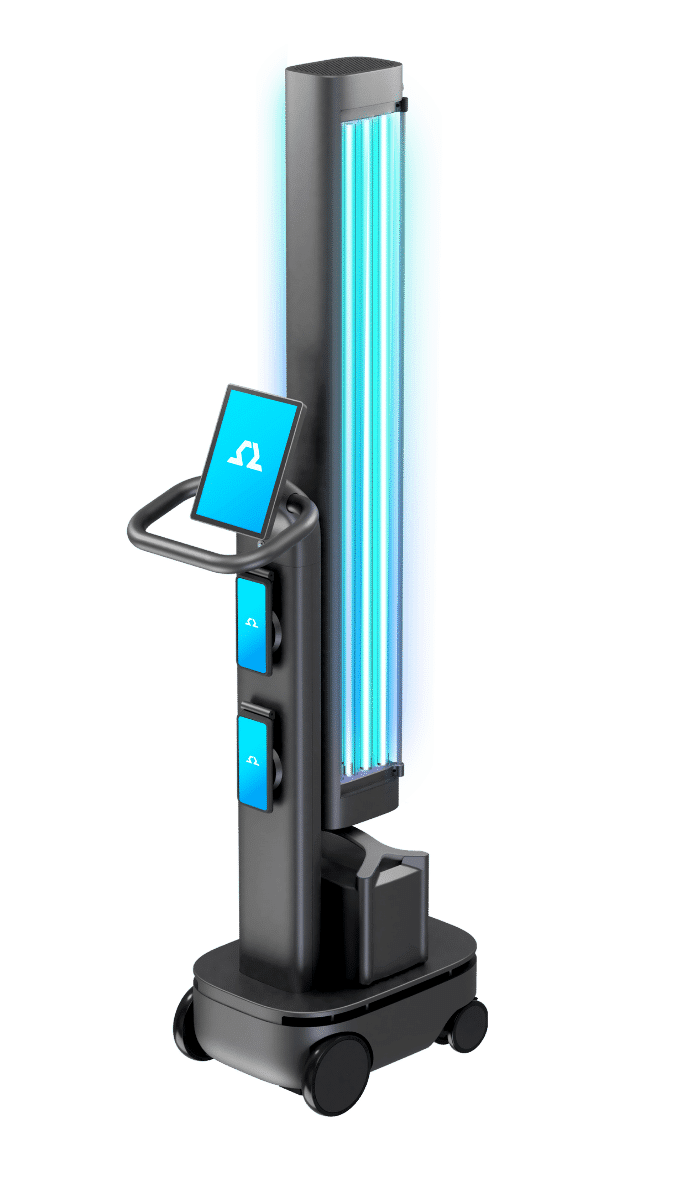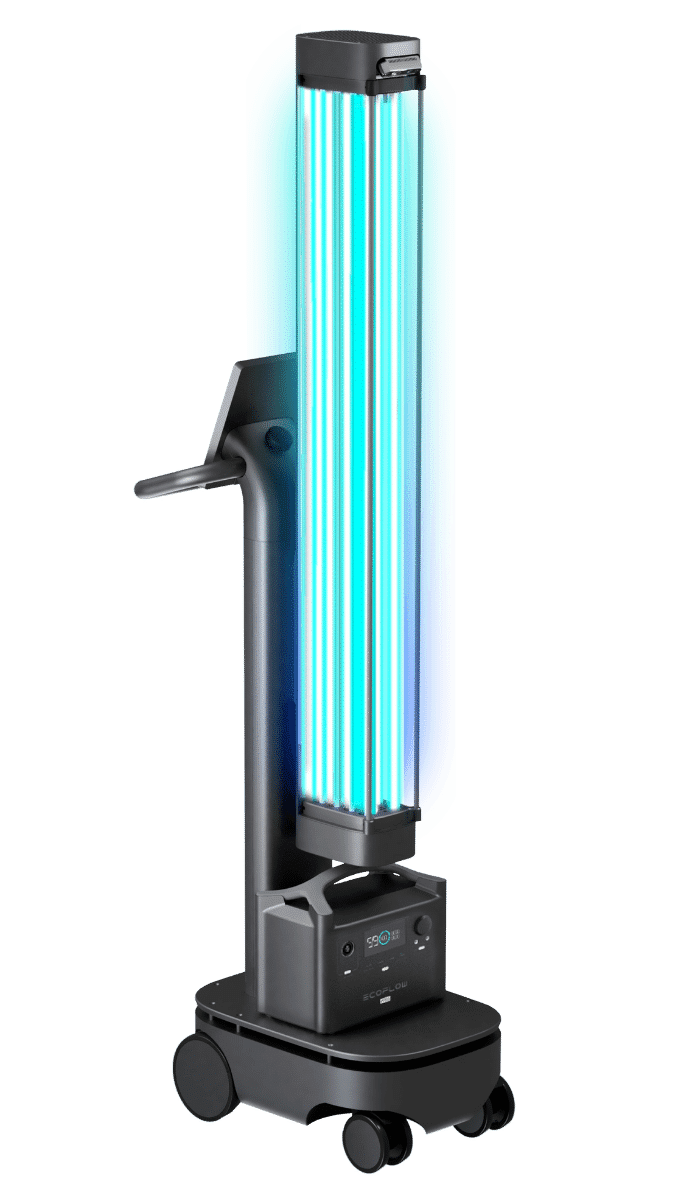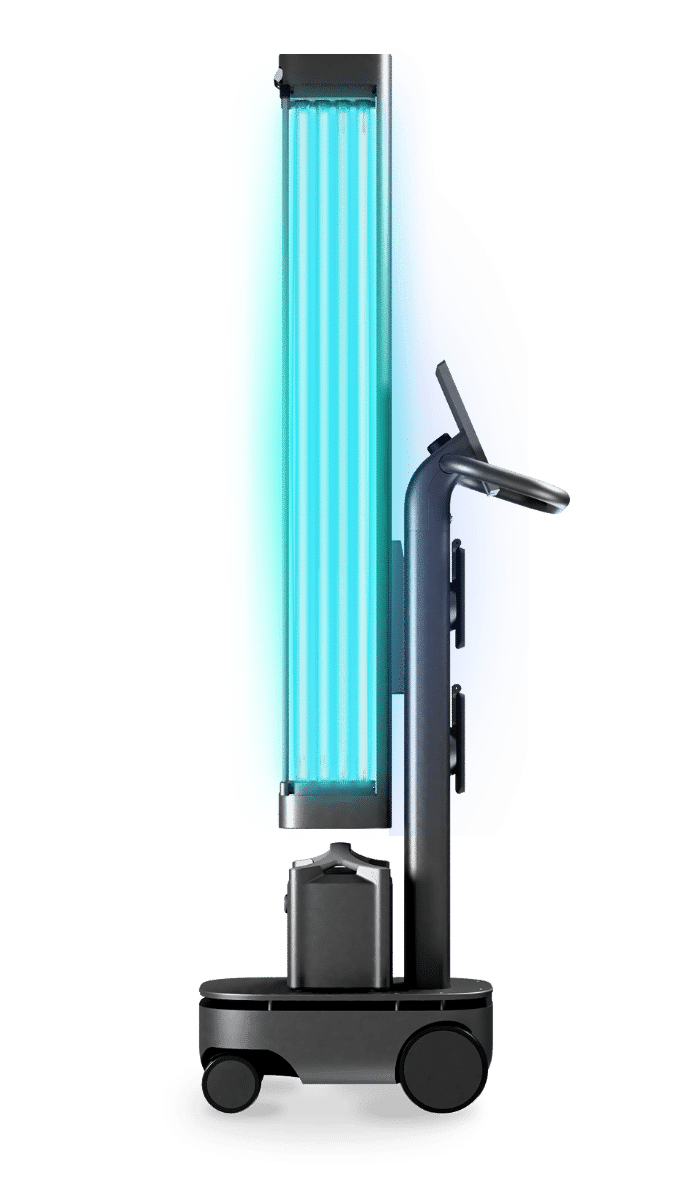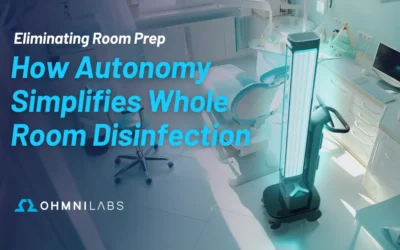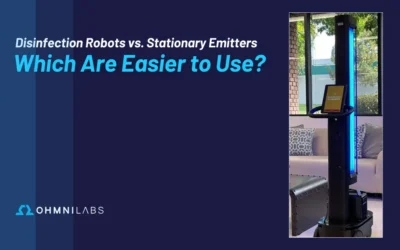Candida auris is on the rise and organizations are looking for ways to combat this superbug.
The Centers for Disease Control (CDC) has recently announced that they’re seeing cases of Candida auris increase at an alarming rate. According to their data, the number of infections increased by 59% from 2019 to 2020, and then by an additional 95% in 2021. With this exponential increase, businesses and other organizations have been looking for effective ways to fight against this superbug, and they may have found an answer with UV-C disinfection.
What is Candida auris?
Candida auris (C. auris) is a relatively new fungal species first identified in Japan in 2009. Its exact origins are unknown, but it is believed to have evolved from a closely related species of Candida that commonly inhabits the skin and mucous membranes of humans. Since its discovery, C. auris has been dubbed a global health threat due to its ability to cause serious infections and its resistance to multiple antifungal drugs, as well as its propensity to be misdiagnosed, leading to inappropriate management that exacerbates the problem.
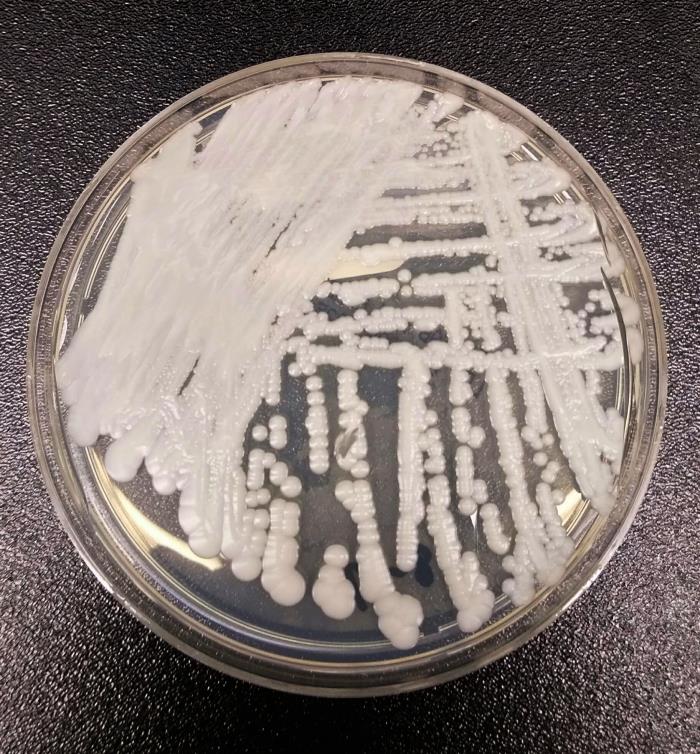
UV-C Disinfection for Candida auris
Due to its severity and potential for spread in healthcare environments, proper and thorough disinfection should be prioritized by all providers, and there is ample evidence that UV-C light is an effective solution.
UV-C disinfection can achieve a 99.998% reduction of Candida auris
One study found that with a direct line of sight, UV-C demonstrated a log10 reduction for Candida auris of 4.57 and of 2.41 with an indirect line of sight. Another study found that when applied UV-C can achieve a 99.998% reduction. Other researchers have performed similar studies and all the data leads to one conclusion: UV-C is an extremely effective way to combat C. auris.
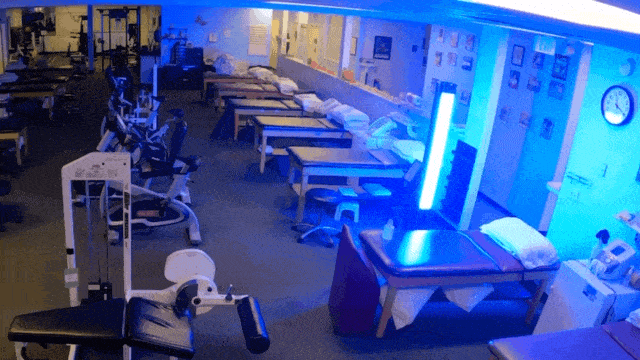
However, one noted point throughout the data is that “the time of UV-C exposure and the distance to the UV source strongly influenced the effectivity of UV-C treatment.” As stated by Groot et al, “A maximal effect of C auris killing was found after 30 minutes of UV-C exposure at 2 m. With half the time or twice the distance, the efficacy strongly diminished to ~10 and ~50 fold, respectively.”
In short, while longer durations of UV-C exposure are more efficacious in eliminating the Candida auris, the success of the disinfection is also dependent on being in close proximity.
OhmniClean — Autonomous UV-C Disinfection
OhmniClean is designed in such a way that makes it especially well-suited in the fight against Candida auris. First, being autonomous, the unit is able to drive up close to every object, minimizing the distance between the emitter and the fungus to ensure it receives an optimal dose of UV light.
Secondly, OhmniClean allows for increased disinfection times with only the touch of a button. Our QuickMap technology allows operators to increase intensity throughout the entire process, or they can add specific disinfection points throughout the room, where OhmniClean will remain stationary for any necessary amount of time to maximize the amount of UV-C light that particular area receives.
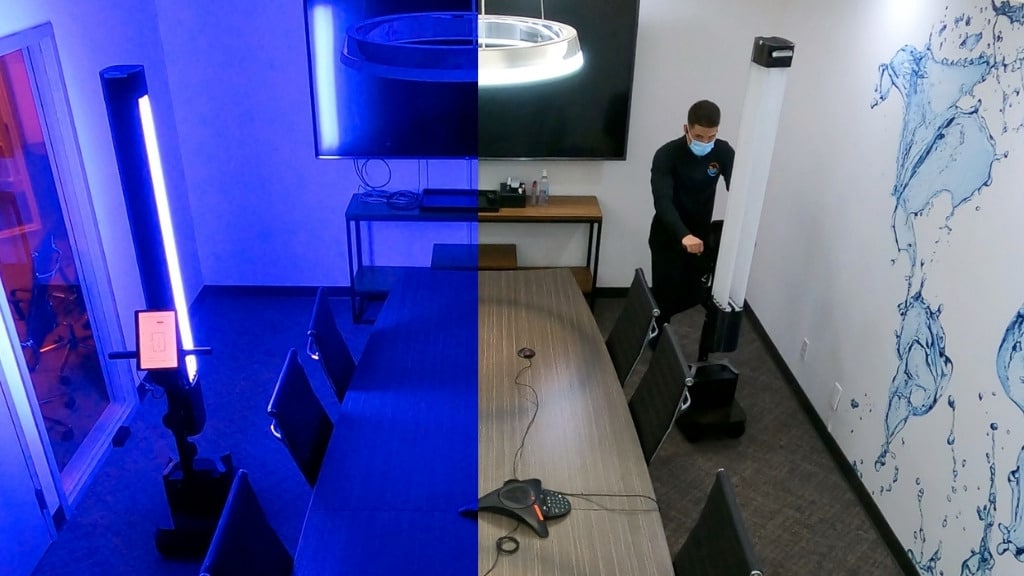
FAQs About Candida Auris
Q: What is Candida auris?
A: Candida auris is a fungal species that can cause serious infections and is resistant to multiple antifungal drugs.
Q: Why is Candida auris a global health threat?
A: Candida auris is a global health threat due to its severity, potential for spread in healthcare environments, and resistance to treatment.
Q: Is UV-C disinfection effective against Candida auris?
A: Yes, UV-C disinfection has been shown to be effective against Candida auris, with studies showing significant reductions in the presence of the fungus.
Q: How does OhmniClean work in fighting Candida auris?
A: OhmniClean is an autonomous UV-C disinfection robot that can drive up close to objects and surfaces, allowing for increased disinfection times with customizable intensity and stationary disinfection points.
Q: Why is the distance and time of UV-C exposure important in disinfecting against Candida auris?
A: The distance and time of UV-C exposure are important in disinfecting against Candida auris because exposure time and distance from the UV source can strongly influence the effectiveness of the treatment. Longer durations and closer proximity to the UV source are more effective in eliminating the fungus.
Conclusion
Candida auris is still a somewhat novel superbug, and with further research, we will learn how to better treat and combat the fungus. But as the threat of spreading continues to rise, it’s clear that UV-C disinfection can be a successful means of combatting the virus and keeping us safe. And with the efficacy of UV-C disinfection against C. auris so dependent on time and distance, there is simply no better solution than OhmniClean, which allows for an easy way of ensuring both factors are maximally achieved.
